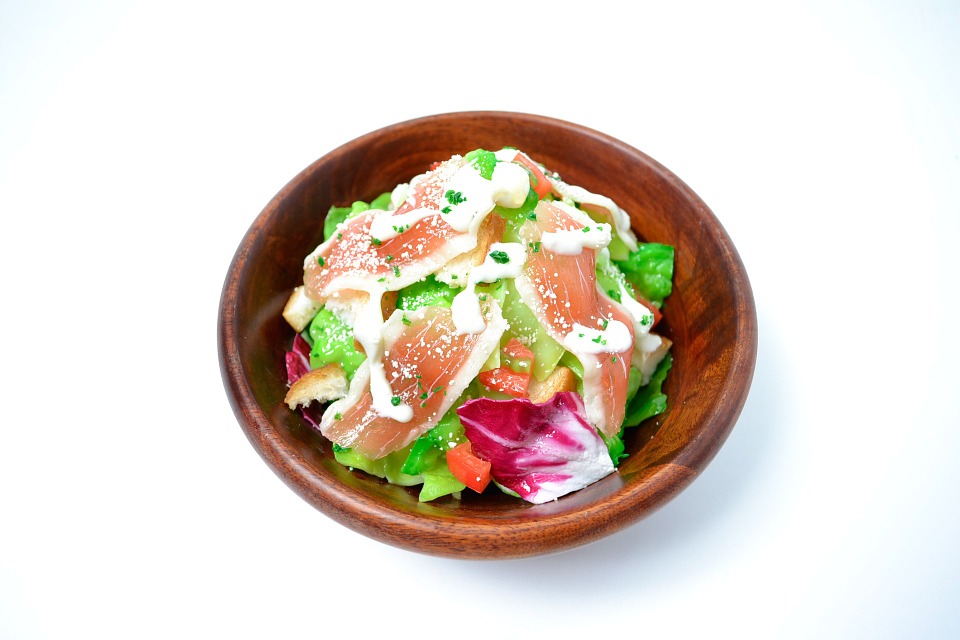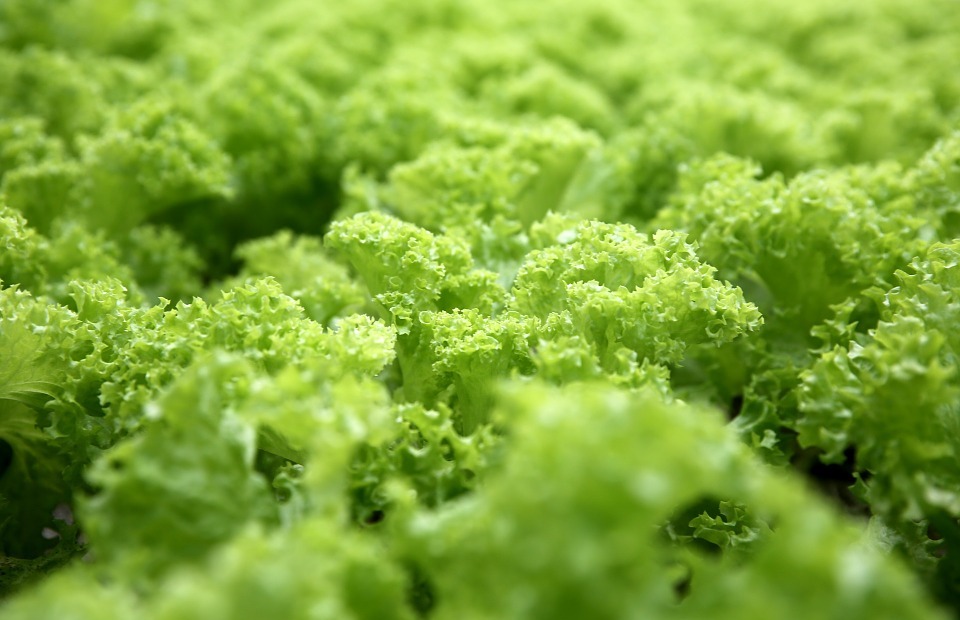This comprehensive guide examines the suitability of romaine lettuce as a food source for rabbits. We will explore the nutritional benefits and potential risks associated with romaine lettuce consumption, offering valuable insights to help you make informed decisions regarding your rabbit's diet.
Part 1: Understanding the Nutritional Needs of Rabbits

1.1 The Importance of a Balanced Diet
Rabbits are herbivores with unique dietary requirements. Their digestive system is adapted for a diet primarily composed of high-fibre grasses, hay, and fresh greens.
1.2 Key Nutrients for Rabbit Health
A healthy rabbit diet should include:
- High Fibre: Essential for maintaining a healthy digestive system and preventing digestive problems like hairballs.
- Moderate Protein: Rabbits need a moderate amount of protein, mainly sourced from hay and fresh greens.
- Vitamins and Minerals: Essential for overall health and well-being. Hay, fresh greens, and a small amount of rabbit pellets provide these nutrients.
- Water: Rabbits need constant access to fresh, clean water.
Part 2: The Nutritional Profile of Romaine Lettuce

2.1 Vitamin and Mineral Content
Romaine lettuce is a source of several vitamins and minerals, including:
- Vitamin A: Essential for vision, immune function, and skin health.
- Vitamin C: An antioxidant that supports immune function and collagen production.
- Vitamin K: Vital for blood clotting and bone health.
- Potassium: Plays a role in muscle function, nerve impulses, and fluid balance.
- Calcium: Important for bone health, but excessive intake can lead to urinary problems in rabbits.
- Iron: Essential for red blood cell production and oxygen transport.
- Folic Acid: Necessary for cell growth and DNA synthesis.
2.2 Fibre Content
Romaine lettuce contains a moderate amount of dietary fibre, contributing to healthy digestion. However, it is not as high in fibre as hay or other leafy greens.
2.3 Calorie and Protein Content
Romaine lettuce is low in calories and protein, making it a less substantial food source for rabbits.
Part 3: The Risks Associated with Romaine Lettuce
3.1 High Calcium Content
The relatively high calcium content in romaine lettuce can be problematic for rabbits. Excessive calcium intake can lead to:
- Urinary Tract Problems: Calcium can contribute to the formation of bladder stones, which can cause pain, discomfort, and urinary tract infections.
- Kidney Issues: Long-term excessive calcium intake can strain the kidneys.
3.2 Lactucarium
Romaine lettuce contains a milky substance called lactucarium, which can have laxative effects. In some rabbits, this can lead to:
- Diarrhoea
- Gastrointestinal upset
- Dehydration
3.3 Pesticide Residues
As with any produce, romaine lettuce may contain pesticide residues. While these are typically minimal, it is crucial to wash the lettuce thoroughly before feeding it to your rabbit.
3.4 Low Nutritional Value
While romaine lettuce offers some vitamins and minerals, its low calorie and protein content makes it a less nutritious food source than hay and other fresh greens.
Part 4: Alternatives to Romaine Lettuce
4.1 Hay: The Cornerstone of a Rabbit Diet
Hay should comprise the majority of your rabbit's diet, providing essential fibre, vitamins, and minerals. Timothy hay is a popular choice, but other good options include oat hay, meadow hay, and orchard grass hay.
4.2 Fresh Greens: A Valuable Supplement
Fresh greens are a healthy addition to a rabbit's diet, offering a wider range of nutrients and fibre than romaine lettuce. Some safe and nutritious choices include:
- Parsley
- Cilantro
- Kale
- Dandelion greens
- Spinach (in moderation)
- Collard greens
4.3 Pellet Food: A Supplemental Source of Nutrients
Rabbit pellets should be offered in limited quantities as a supplement to hay and fresh greens. They provide a concentrated source of vitamins, minerals, and protein.
4.4 Treats: A Rare Indulgence
Treats should be given sparingly and should not replace essential foods like hay and fresh greens. Healthy treat options include:
- Small amounts of fresh fruit (such as apple, banana, or berries)
- Dried herbs
- Rabbit-safe vegetables (such as carrots or zucchini)
Part 5: Responsible Feeding of Romaine Lettuce
5.1 Moderation is Key
If you choose to feed romaine lettuce to your rabbit, it should be given in moderation. It is best considered a rare treat, not a regular part of their diet.
5.2 Individual Sensitivity
Some rabbits may be more sensitive to lactucarium or the calcium content in romaine lettuce than others. It's important to monitor your rabbit closely for any signs of digestive upset after feeding them romaine lettuce.
5.3 Gradual Introduction
If you decide to introduce romaine lettuce to your rabbit's diet, do so gradually. Start with a small amount and observe their reaction before increasing the quantity.
5.4 Wash Thoroughly
Always wash romaine lettuce thoroughly under running water to remove any dirt, pesticides, or bacteria.
5.5 Avoid Wilted or Damaged Lettuce
Do not feed wilted or damaged romaine lettuce to your rabbit. This could cause digestive problems or introduce harmful bacteria.
Part 6: Signs of Digestive Upset
It is essential to be aware of the signs of digestive upset in rabbits, which may occur after feeding romaine lettuce or other inappropriate foods:
- Diarrhoea
- Lethargy
- Decreased appetite
- Gas or bloating
- Loss of weight
- Vomiting (rare in rabbits)
Part 7: Seeking Veterinary Advice
If you suspect your rabbit is experiencing digestive problems, contact your veterinarian immediately. They can provide the best advice and treatment options for your furry friend.
Part 8: FAQs
8.1 Can I feed romaine lettuce to baby rabbits?
It is not recommended to feed romaine lettuce to baby rabbits. Their developing digestive systems are more sensitive, and they need a high-fibre, low-calcium diet.
8.2 Is romaine lettuce better than iceberg lettuce for rabbits?
Yes, romaine lettuce is generally considered safer than iceberg lettuce for rabbits. Iceberg lettuce has a very low nutritional value and can contribute to dehydration.
8.3 How often can I give romaine lettuce to my rabbit?
If you decide to feed romaine lettuce, limit it to a couple of small pieces once or twice a week at most.
8.4 Can I feed romaine lettuce to pregnant or nursing rabbits?
It is best to avoid feeding romaine lettuce to pregnant or nursing rabbits. They have increased nutritional needs, and romaine lettuce may not provide the necessary nutrients.
8.5 What should I do if my rabbit has a reaction to romaine lettuce?
If your rabbit shows any signs of a negative reaction to romaine lettuce, stop feeding it immediately. Contact your veterinarian for advice.
Everyone is watching
-

Do Rabbits Lay Eggs? (The Surprising Truth)
OTHER TYPES OF PETSThis article will unravel the common misconception that rabbits lay eggs, exploring the fascinating world of r...
-

What's a Group of Rabbits Called? (A Comprehensive Guide)
OTHER TYPES OF PETSThis article delves into the fascinating world of rabbits, exploring the various terms used to describe a grou...
-

Can Rabbits Eat Grapes? A Guide to Safe Rabbit Treats
OTHER TYPES OF PETSThis comprehensive guide will explore the safety and suitability of grapes for rabbits, providing detailed inf...
-

Predators That Hunt Rabbits: A Guide to Natural Enemies
OTHER TYPES OF PETSI've always been fascinated by the circle of life, that delicate dance between predator and prey. Growing up ...
-

Are Rabbits Nocturnal Animals?
OTHER TYPES OF PETSThe question of whether rabbits are nocturnal animals is a fascinating one, with a surprisingly complex answer...
